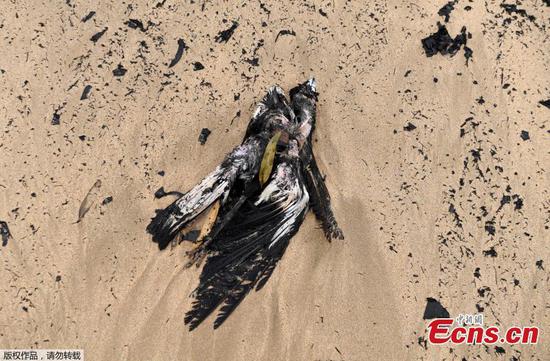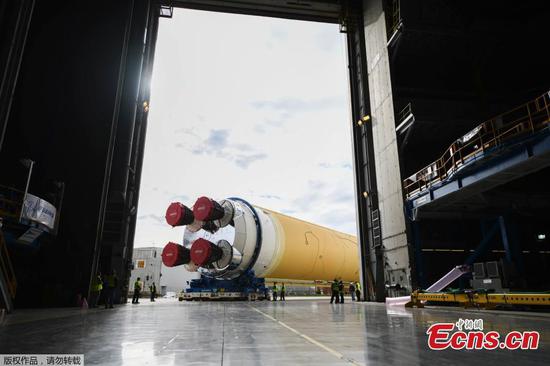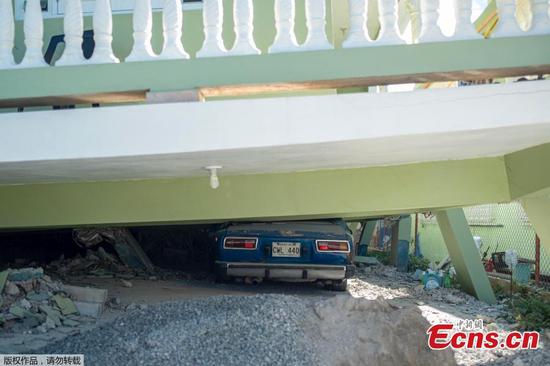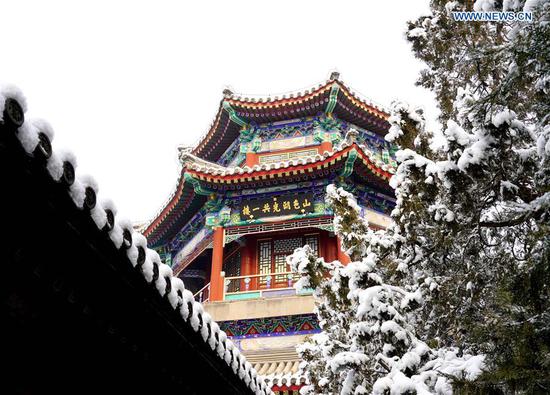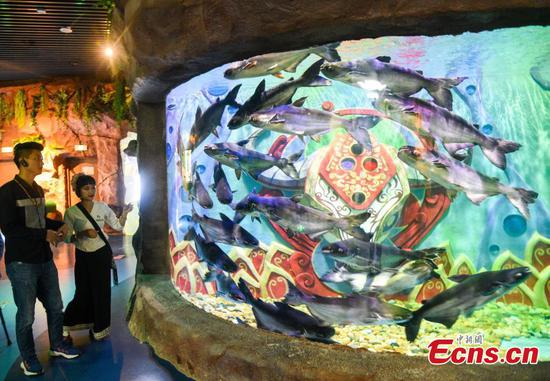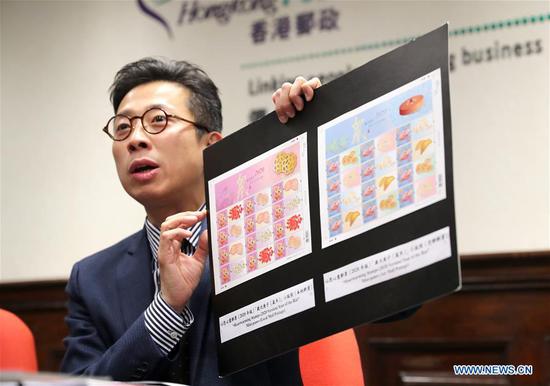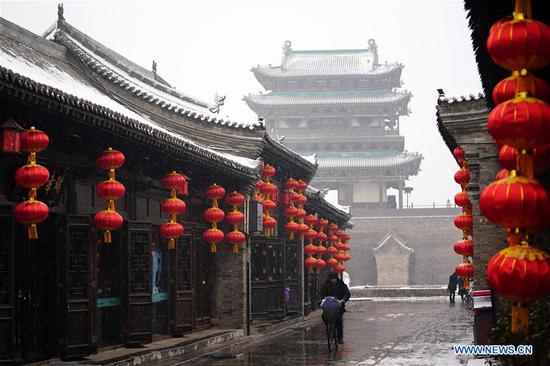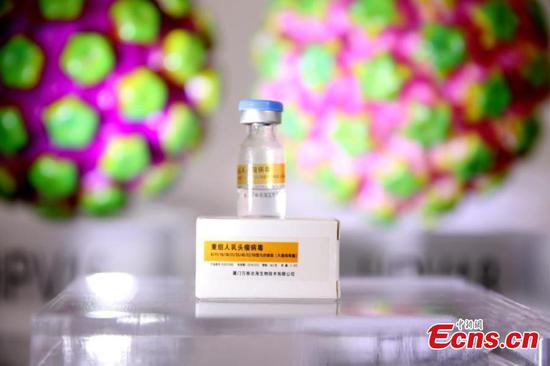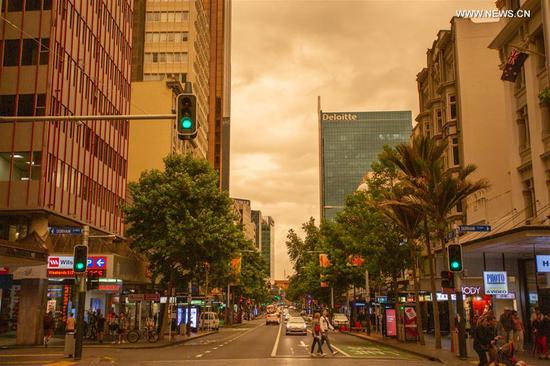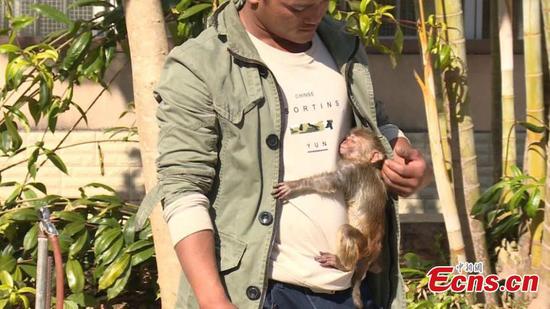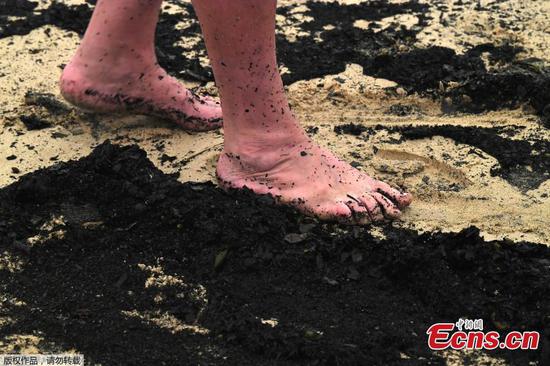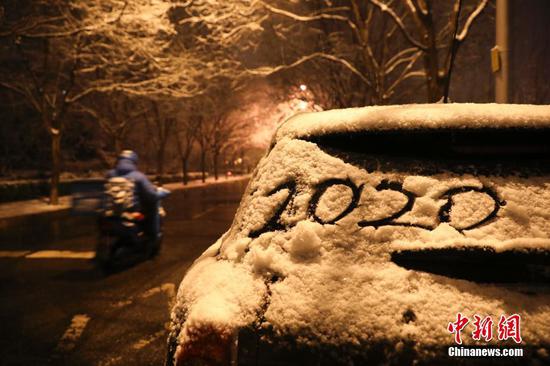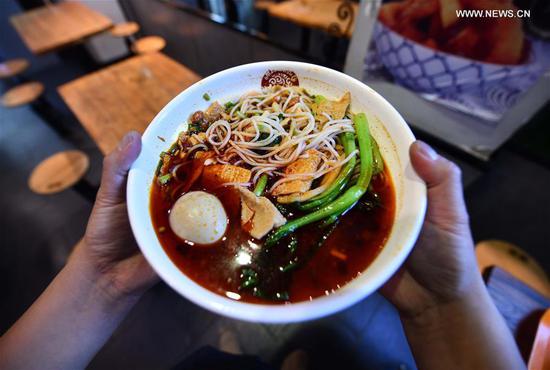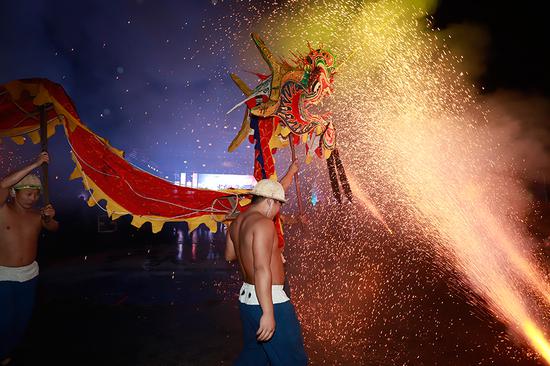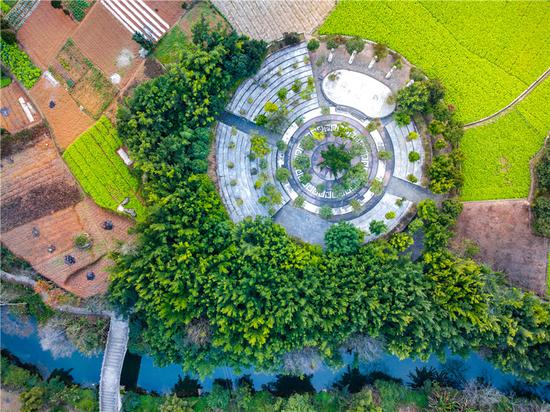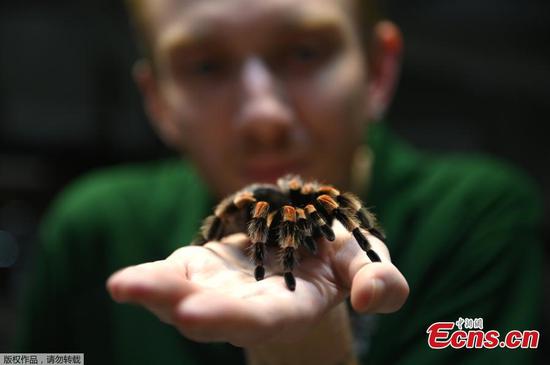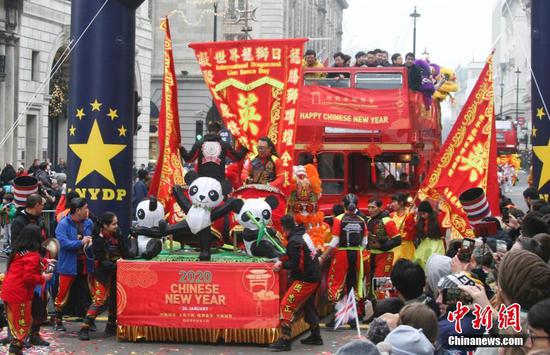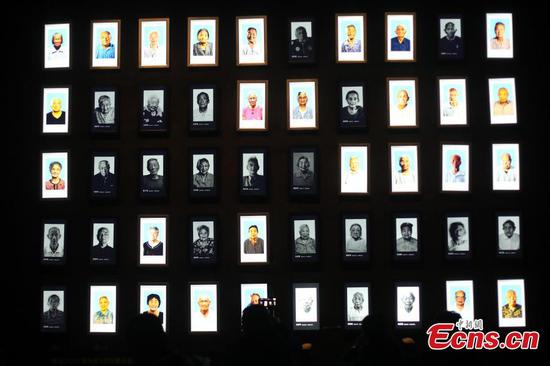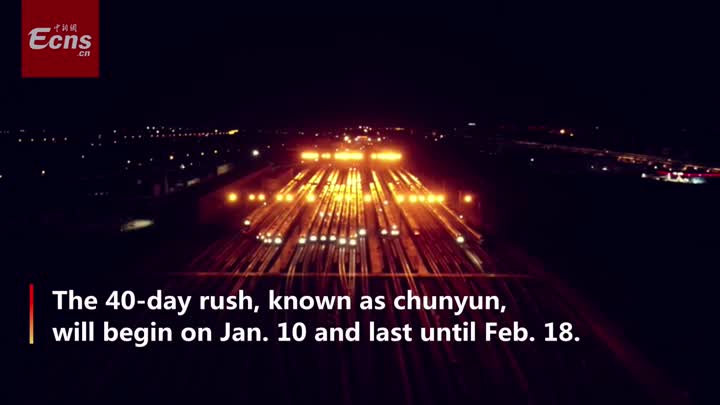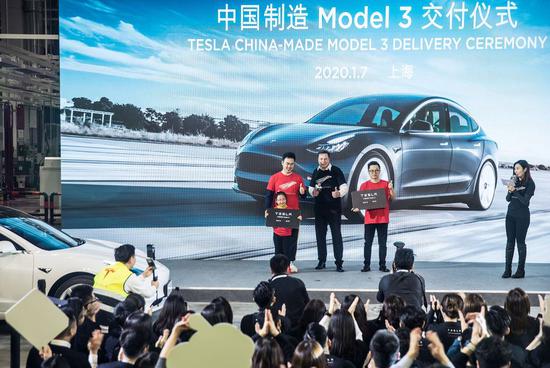
Tesla CEO Elon Musk poses with Tesla China-made Model 3 vehicle owners during a ceremony in Shanghai, east China, Jan. 7, 2020. (Xinhua/Ding Ting)
U.S. electric carmaker Tesla officially delivered the first batch of 10 made-in-China Model 3 sedans to the public Tuesday afternoon, one year after the company broke ground on its first overseas plant.
The company also announced the launch of a project to manufacture Model Y vehicles in its Shanghai gigafactory.
Guan Yunfeng, from the city of Wuxi, east China's Jiangsu Province, is among Tesla's first customers. "The new car looks so cool," Guan said excitedly.
Tesla CEO Elon Musk was also present at the ceremony. "The most amazing thing really is the incredible progress that has been made by the Tesla Shanghai team," he said. "Without the support of the Chinese government, especially without the help of the Shanghai government of all levels, we would not be able to make this progress."
"We'll continue to make significant investments in China, making Model 3, Model Y and future models as well in China," said Musk.
TESLA'S CHINA SPEED
Tesla signed an agreement with the Shanghai municipal government in July 2018 to build the factory. In October 2018, the company was granted approval to use an 864,885-square-meter tract of land in Lingang for its Shanghai plant.
As the largest foreign-invested manufacturing project in Shanghai, construction of the gigafactory began on Jan. 7, 2019 when the area was still a wasteland. In 10 months, it had already entered trial production and on Dec. 30, the first 15 Model 3 cars were handed over to company employees less than a year after it began operation.
Tesla's Shanghai plant has manufactured nearly 1,000 vehicles available for sale and reached a production capacity of more than 3,000 vehicles per week, according to Tesla's latest financial report.
"The sedans' components will be completely domestically produced by the end of 2020," according to Song Gang, the plant's manufacturing director. Currently, 30 percent of the components are produced locally.
Tesla has built more than 300 supercharging stations, 2,200 supercharging piles and 2,100 destination charging piles in over 140 Chinese cities, the company said. Tesla's first V3 Superchargers in Asia also went into operation in Shanghai in late December last year.
CATFISH EFFECT
Green cars have seen rapid growth in China in the past decade, with sales rising from fewer than 10,000 in 2009 to more than 1.26 million in 2018. But the industry is also seeing challenges as the government slashes subsidies and foreign brands like Tesla make inroads into China with their factories.
"Tesla's China production will have a 'catfish effect' in the country's auto industry, pushing domestic carmakers to speed up technological upgrading," said Cui Dongshu, secretary-general of the China Passenger Car Association.
Yang Yang, who works in Shanghai, has considered changing his car recently. After comparing many petrol-powered vehicles and new energy vehicles (NEVs), he opted for a domestically made Tesla Model 3.
"The price is acceptable and the car has a relatively long driving range, which meets all my needs," Yang said.
Prior to the made-in-China Model 3 cars, the price of an imported Tesla Model 3 vehicle stood above 439,900 yuan (about 63,069 U.S. dollars) in the Chinese market. The price tag of the Shanghai-made sedans, however, starts at 323,800 yuan.
As a benchmark for NEVs, the Model 3 will help drive the innovation and upgrading of domestic suppliers, according to a report by Minsheng Securities.
Besides Tesla, more luxury car brands have made plans to produce NEVs in 2020. The foreign-made NEV cars will compete on equal footing with Chinese automakers, as China is scheduled to eliminate government subsidies for NEVs this year.
"Though the NEV market is now dominated by local brands, with new forces joining in, China's new energy automobile market will enter an era of fierce competition after 2020," said Mou Jiawen, consulting director of Deloitte Auto.
BENEFICIARY OF OPENING UP
As the first project after China lifted restrictions on foreign investment in the auto industry, Tesla's Shanghai gigafactory shows that China, with continued efforts in reform and opening-up, still tops the list of investment destinations for foreign firms.
The country has in recent years significantly eased market access for foreign capital, vowing to further open up the market with new laws and regulations to support their investment.
Data from the Ministry of Commerce showed that foreign direct investment expanded 6 percent year on year to 845.9 billion yuan on the Chinese mainland in the first 11 months of 2019, and China attracted 722 foreign-funded projects, with each worth more than 100 million U.S. dollars, during the same period, an increase of 15.5 percent from a year ago.










